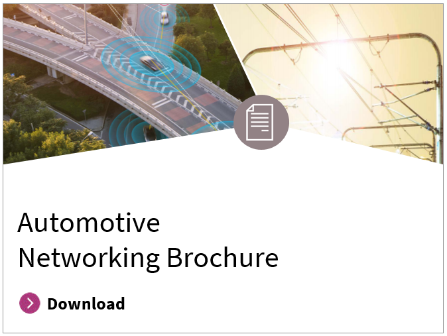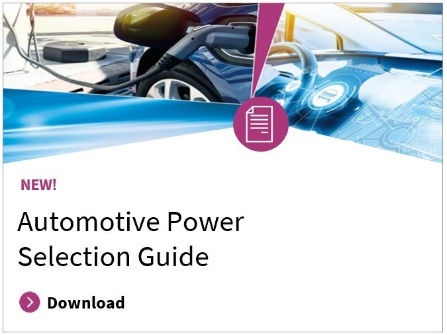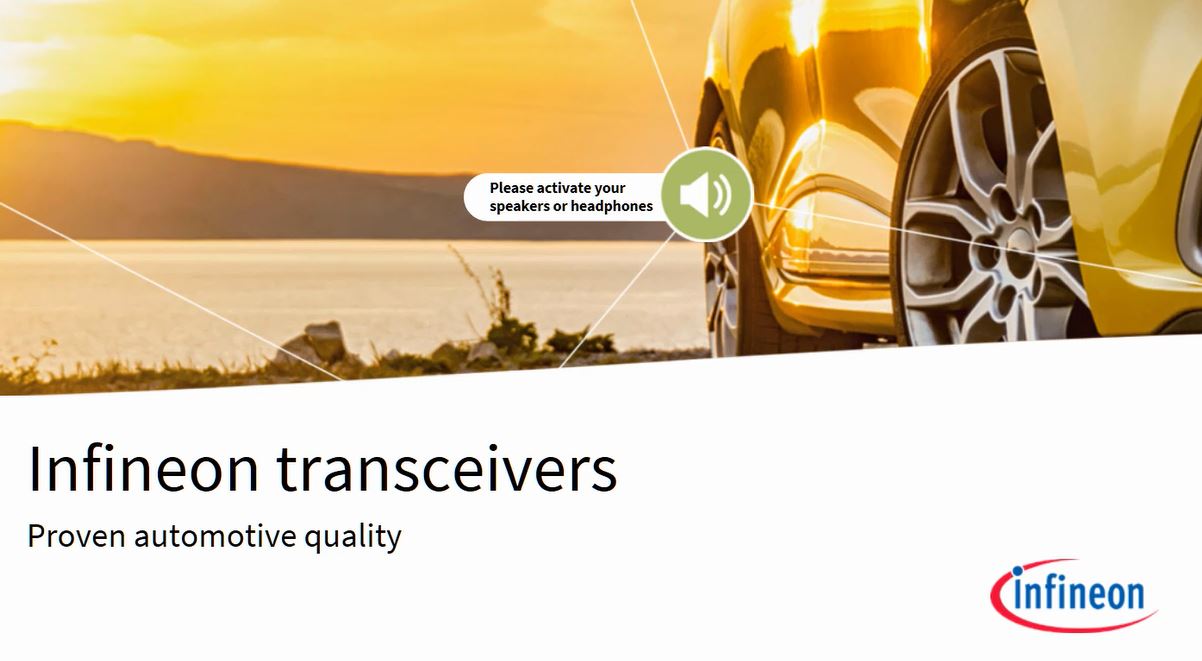Transceivers
Infineon’s transceivers for Automotive and Industrial applications deliver proven quality standards, an excellent track record and high robustness to deliver to your expectations.
Transceivers subcategories
Collapse all subcategories Expand all subcategoriesAutomotive and industrial networking, and the transceivers used to enable these technologies, is a rapidly evolving field, providing fast and reliable data transfers in connected vehicles and industrial machinery. In essence, transceivers both transmit and receive analogue and digital signals, allowing various types of control in industries where digital connectivity is inevitably on the rise.
Today, transceiver manufacturers provide two broad types of transceivers across a wide variety of industries, providing the bulk of the data processing in all types of machinery. These types are CAN transceivers and LIN transceivers, and their differences are as follows:
- CAN transceiver – Through connection to the CAN (Controller Area Network) bus, CAN transceiver chips shuttle data to and from the bus at medium-speeds of up to 8Mbit/second with the newly developed CAN FD Signal Improvement Capability. Commonly used within all types of passenger vehicles for engine control, transmission, and braking, as well as within aerospace, building automation, and medical equipment industries. They are generally more prevalent in sophisticated applications due to increased costs when compared to LIN transceivers.
- LIN transceiver – Through connection to the LIN (Local Interconnect Network) bus, LIN transceivers operate along a single wire at speeds of up to 19.2 Kbit/second. Commonly used within automotive applications such as light sensors and climate control, as well for non-critical components in other industries. The slower speed of the LIN protocol combined with lower costs and easy connectivity mean they are usually used in less critical applications that and, thanks to the controller’s smaller size, can easily be integrated into tight spaces.
While both transceiver types offer several pros and cons, the reality is that both are used in combination within many different types of system. This allows for sophisticated tasks to be routed through high-speed CAN transceivers and those less critical to be routed through LIN transceiver circuits to balance cost and design factors in larger systems.
Transceivers Product Portfolio
The Infineon catalogue includes a range of high-quality transceivers of both types to ensure that applications in any system or industry are fully covered. This includes products designed specifically for the automotive, industrial, control communication, and powerline communication sectors. Explore our portfolio here:
The demand for automotive transceivers has risen sharply over the past decade as vehicles integrate an increasing number of electronic and digital systems. Largely, this is thanks to the rise of EVs, hybrid vehicles and new comfort features, however, conventional vehicles also use many of the same systems.
Infineon offers two types of transceivers dedicated to automotive applications: CAN FD (Flexible Data rate) transceivers and LIN (Local Interconnect Network) transceivers.
Our range of CAN transceivers are generally used for medium data transmissions, however, our CAN FD transceiver controller ICs establish faster CAN communication speeds of up to 8Mbit/s with the newly developed CAN FD incl. Signal Improvement Capability, while LIN transceiver ICs are lower cost and are used for low data rate applications.
Industrial transceivers are used across a huge range of applications, from building and power control to medical equipment and other machinery. Generally speaking, CAN high-speed transceivers are used to connect peripheral devices to a main control unit, since the same kind of complexity and compact design is less important in industrial applications than it is in the automotive industry.
Our CAN transceiver circuit TLE6250G formerly IFX1050G has been optimized for high-speed communication providing the highest reliability, whereas the TLE6250G V33 formerly IFX1050GVIO addresses microcontrollers with 3,3V logic IOs. The TLE6251DS formerly IFX1040 provides in addition bus wake up functionality. The IFX1051LE can be replaced by TLE9251LE and the IFX1051SJ by TLE9251SJ supporting data rates up to 5MBit/second and provide features which make them suitable for large industrial CAN networks. Please refer also to the automotive transceiver portfolio Automotive Transceiver.
PHY (Physical Layer) systems are those circuits most closely associated with the physical connection between devices and peripherals, connecting network nodes over a physical data link. PHY components provide an electrical, mechanical, and procedural interface to a broad range of widely used computing and networking devices such as Wi-Fi, USB, infrared devices, and serial ATA devices, as well as proprietary equipment that required reliable and secure connectivity capabilities at speeds of 50 Mbps up to 1.5 Gbps.
In consumer, commercial, and industrial applications, VLSI (Very Large-Scale Integration) transcievers are the foundation of complex control communication systems used in HVAC, lighting control, machine control, aircraft flight control, and home automation among many other applications. This type of transceiver intelligently processes inputs from sensors and control actuator devices to share information across a wide variety of networking media. The Infineon portfolio offers Neuron® Chip dedicated to these applications, providing support for the LonTalk® networking protocol.
Used specifically in lighting and energy distribution systems, PLC (Powerline Communication) transceivers are typically implemented within applications that require automation over large areas such as a home and even and entire community. Often used within lighting systems but equally suited to power generation and distribution of renewable energy sources such as solar panels, the Infineon portfolio provides reliable command and control over all types of existing powerline infrastructure.







